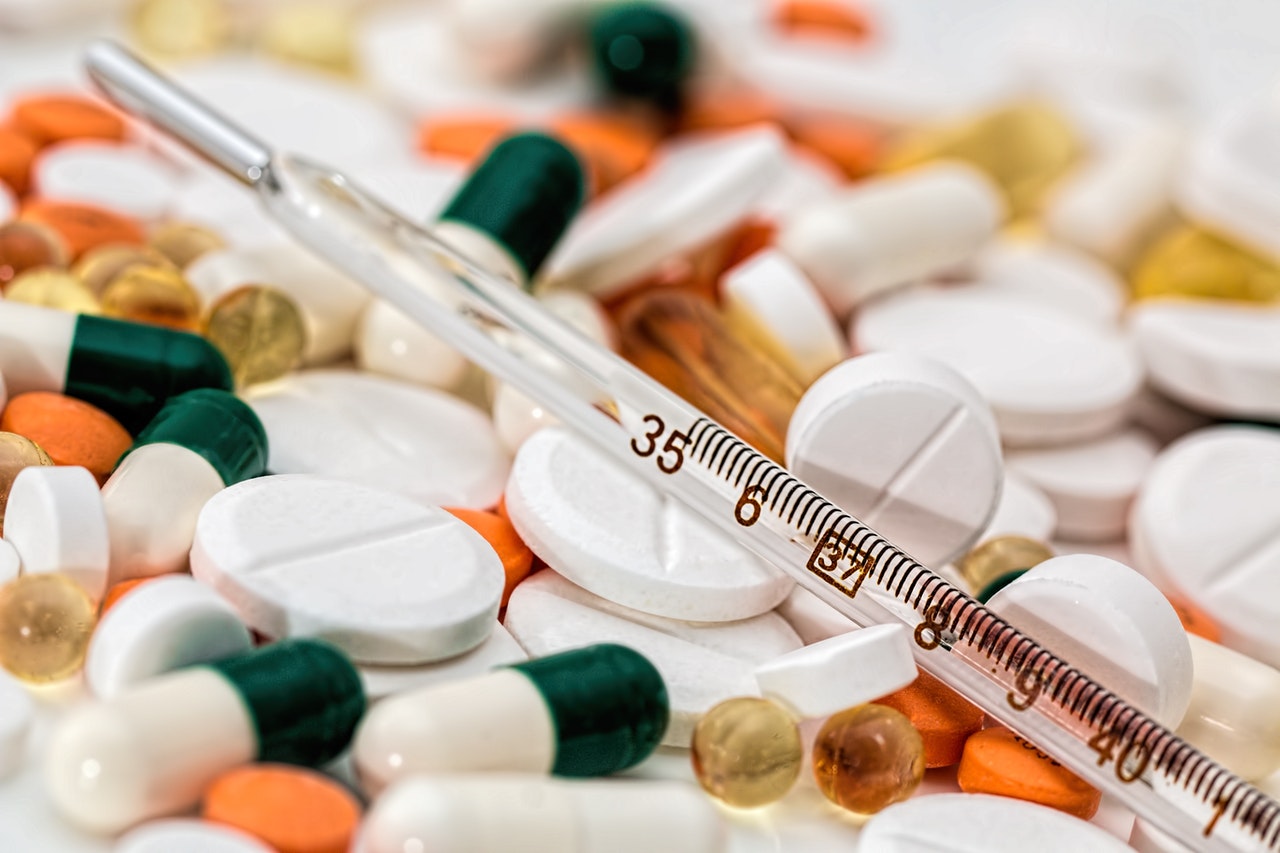What is happening?
- One of the crucial parts of the pharma industry’s result-oriented strategic plan to combat the COVID-19 pandemic is the source of APIs. API stands for Active Pharmaceutical Ingredient, which is nothing but the raw material included in manufacturing medicines.
- India supplies APIs to regions worldwide for generic drug manufacturing, including supplies of about 30 percent of the generic APIs utilized in the US.
- Regarding volume, the top producers and exporters of APIs are Chinese and Indian manufacturers that rely heavily on imports from China- procuring about 70% of required APIs from the nation.
- This reliance has been exposed to a great extent due to the outbreak of the COVID-19 pandemic. The adoption of the quarantine policy across different provinces of China has led to the disruption of the supply chain and workforce shortage.
- In addition, supplies were deeply impacted due to the restriction in movement in the logistics and transportation system to and from ports.
Due to the travel restrictions, clinical research and healthcare visits are challenging to implement. Gradually, the industry is embracing the shift towards remote and digital monitoring techniques. This is proved by the scaling up investments in internal R&D for remote monitoring using platforms such as virtual clinical trials. The requirement has led to an increase in applications for business loans. Business loan eligibility has been relaxed for the pharma industry, and business loan interest rates are available at a reasonable level.
For example, Industry A and B wish to apply for a business loan with a financial institution for medical research. They can get a fair understanding of the EMI payment with the help of an online business loan EMI calculator. Once they compare business loan interest rates offered by various institutions, they can apply for a business loan.
- The pharmaceutical industry is adopting the ‘Remote patient monitoring (RPM)’ strategy to provide clinical care as effectively and efficiently as possible to safeguard public health in testing times.
- RPM operation uses smartphones, connected devices, and telemedicine to stay related to patients.
- It is beneficial for tracking and managing infected and high-risk patients facing difficulty and instability.
What is the Current Situation?
- The pharmaceutical industry failed to provide the required medical support due to its numerous challenges during the pandemic, and it took a while to adapt and adopt new working methods.
- As millions of workers returned home to safety, the processing units of pharma companies functioned at a decreasing capacity, and the factories were underutilized. Supply chain disruption led to the unavailability of raw and packing materials for an extended period.
- Dealers and sellers in Baddi, Goa, and Sikkim, the suppliers of major medicines across India, suffered losses due to a lack of drug movement.
- People had to suffer during emergencies due to the lack of availability of hospital beds, oxygen supplies, and medications. There was a shortage of supplies across cities, even for accommodation in morgues and crematoriums.
Steps undertaken:
- As time passes, firms are trying to implement standard safety policies and norms and compensate for the loss of income to workers by offering them a bonus.
- In turn, this practice encourages the workers to return to work, and the labor crisis is gradually fading.
- Once this hurdle is passed, the next step is to improve the company’s financial position.
- Some methods are cutting unnecessary costs, introducing cost-saving projects, recalculating the estimated capital expenditure, and reallocating company resources.
- The companies benefit by renegotiating leases as they turn to digital operational models by leveraging digital platforms to hold meetings and conduct their research and operations.
Conclusion
The government boosts the Indian pharma industry by introducing tax exemptions and offering subsidies to conduct operations. Enterprises must utilize the business loan capital to develop personal hygiene practices. Business loan interest rate savings can be reinvested to provide free medical checkups or offer ancillary services during emergencies.







